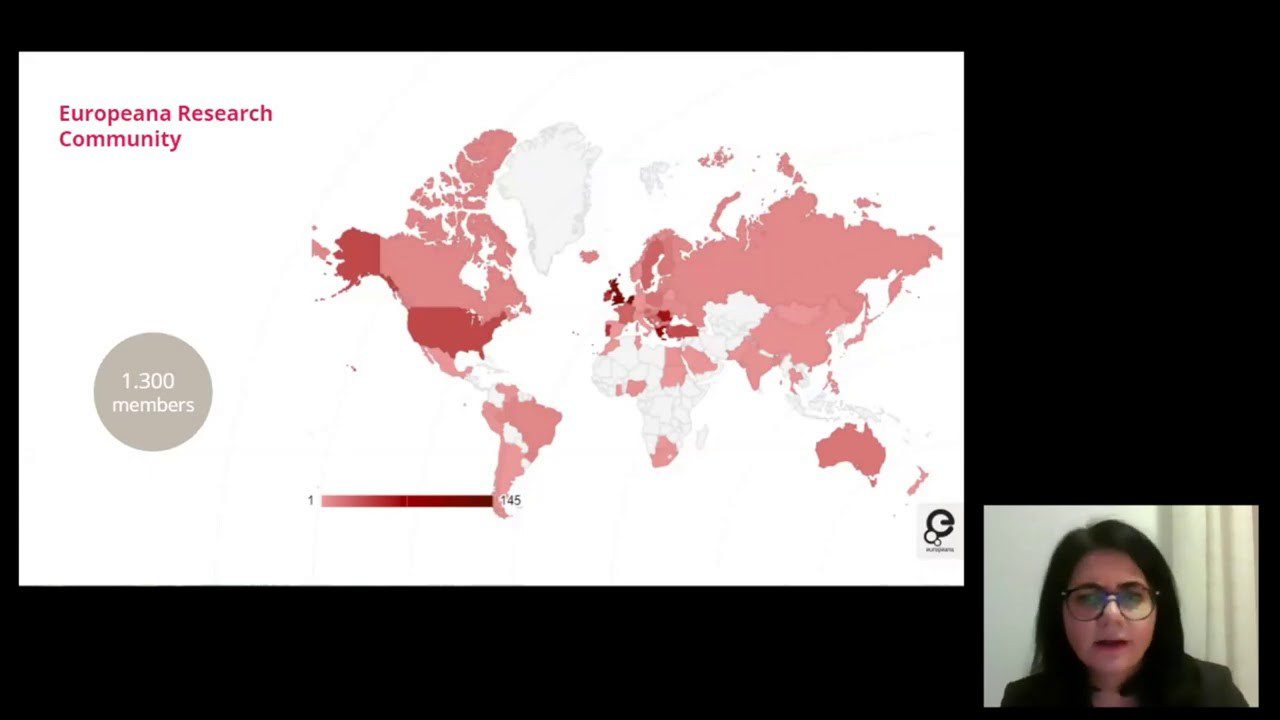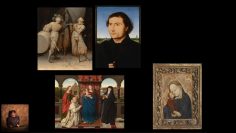Technological Revolutions and Art History, Part Two: Michelle Kuo
Michelle Kuo
“Experiments in Art and Technology”
The organization Experiments in Art and Technology (E.A.T.) was founded in 1966 by artists Robert Rauschenberg and Robert Whitman and AT&T Bell Laboratories engineers Billy Klüver and Fred Waldhauer. At its peak, E.A.T. grew to five thousand members around the world. Together, they sought to form collaborations between artists and engineers: a grand union of culture and technology, of minds, fields, and inventions. They hoped for nothing less than “to avoid the waste of a cultural revolution.” But what E.A.T. produced was far more restless, complex, and divided—a social experiment that confronted the rise of big science, global telecommunications, the military-industrial complex, and ecological disaster. My presentation will address the history and legacy of this extraordinary group.
About Technological Revolutions and Art History
Historically, science and the humanities were not thought of as two separate disciplines. In the 21st century, an unusual divide in the field of art history has been created between technically savvy scholars and those for whom it seems anathema. This conference seeks to encourage art historians to connect with the computer sciences in the 21st century both by reminding them that technology has always played a significant role in the pursuit of their field, and by providing an opening for them to be a part of the conversations that need to happen between practitioners in both areas.
Presentations in Part II of the symposium will examine how the invention of photography impacted the study of art and how current technological breakthroughs have the potential to promote new developments in the field of art history.
Thursday, November 12, 2020
The Frick Art Reference Library and The Museum of Modern Art










